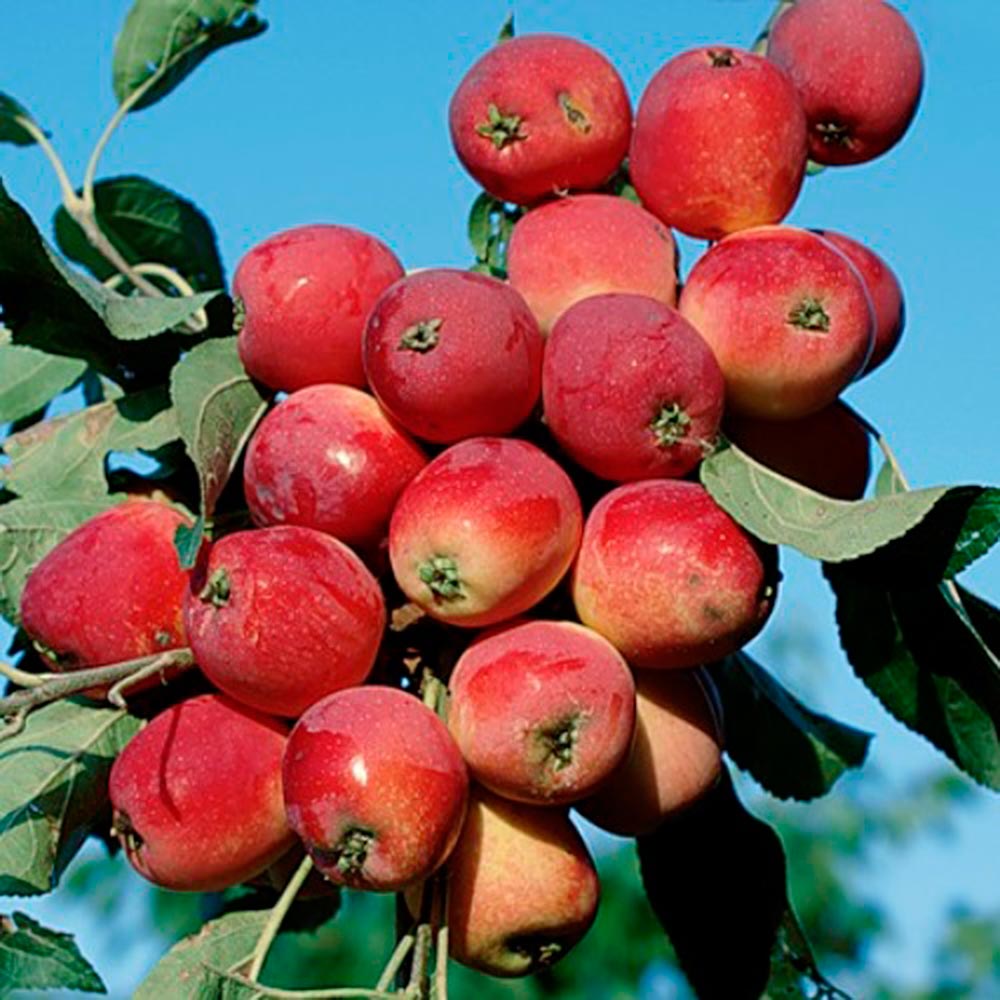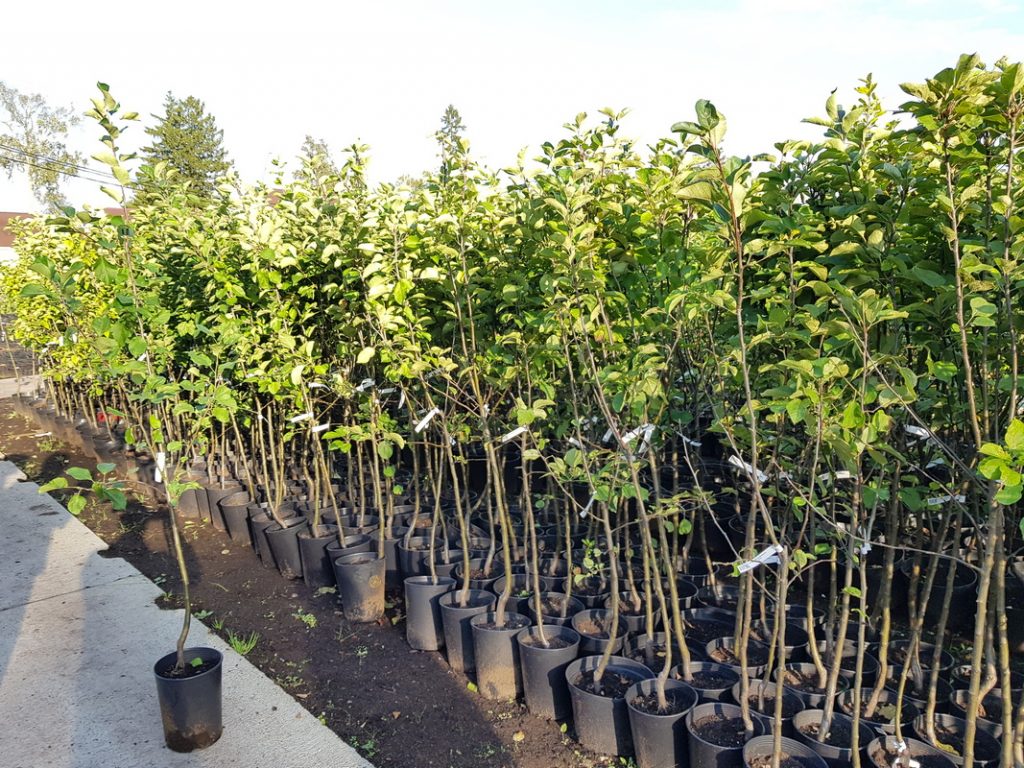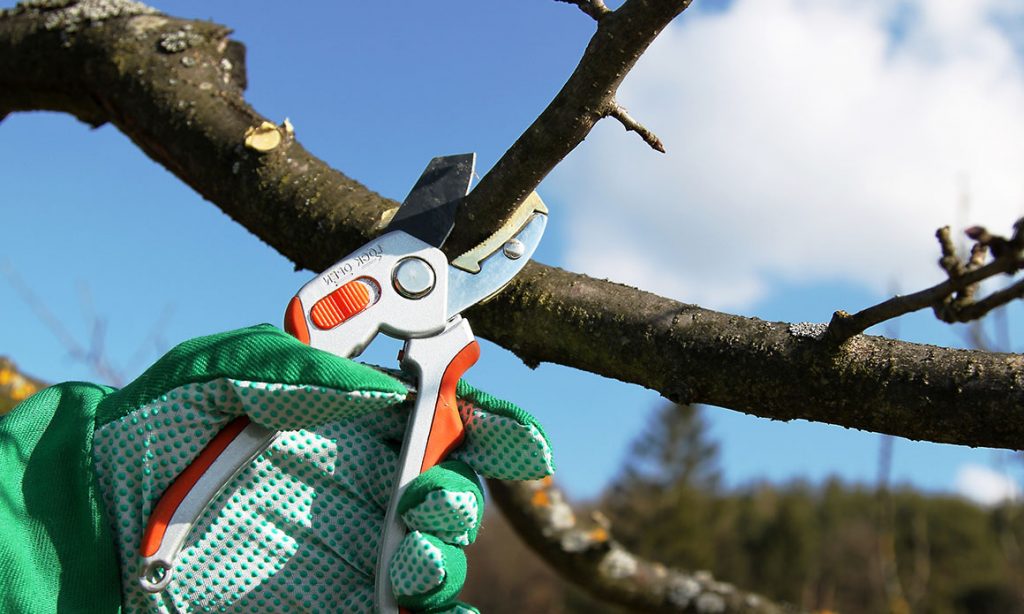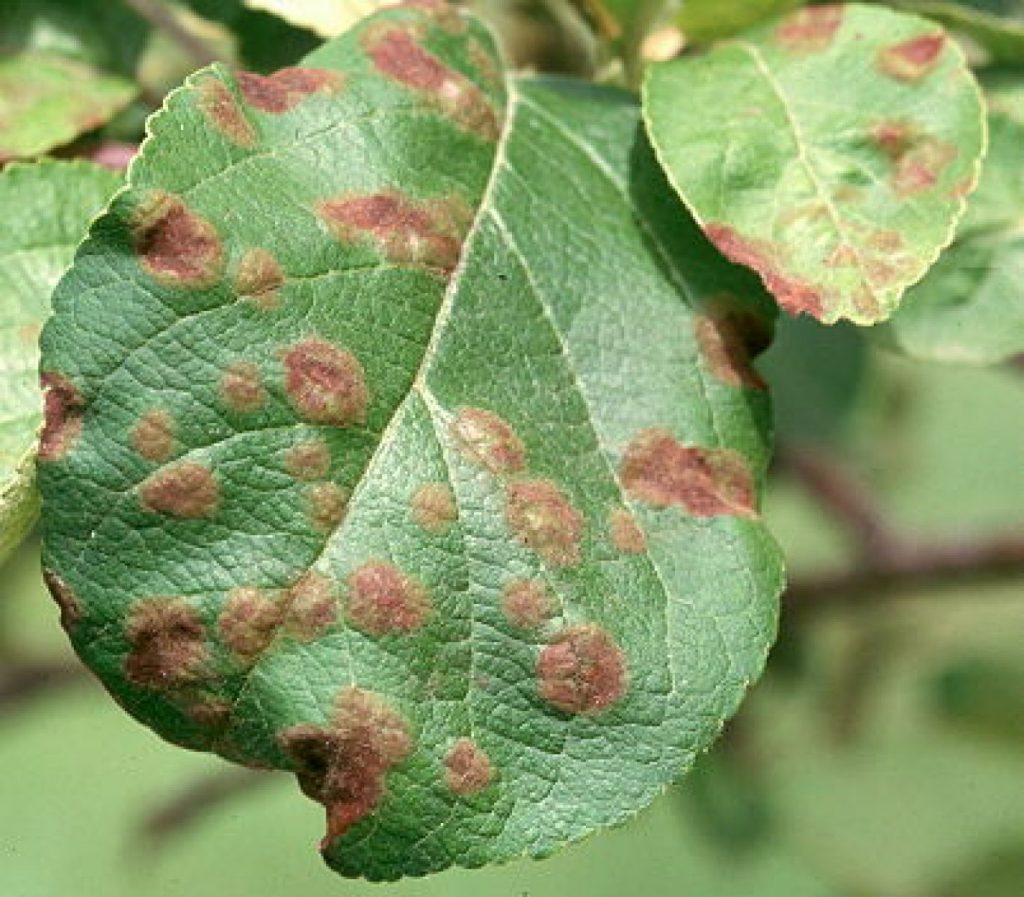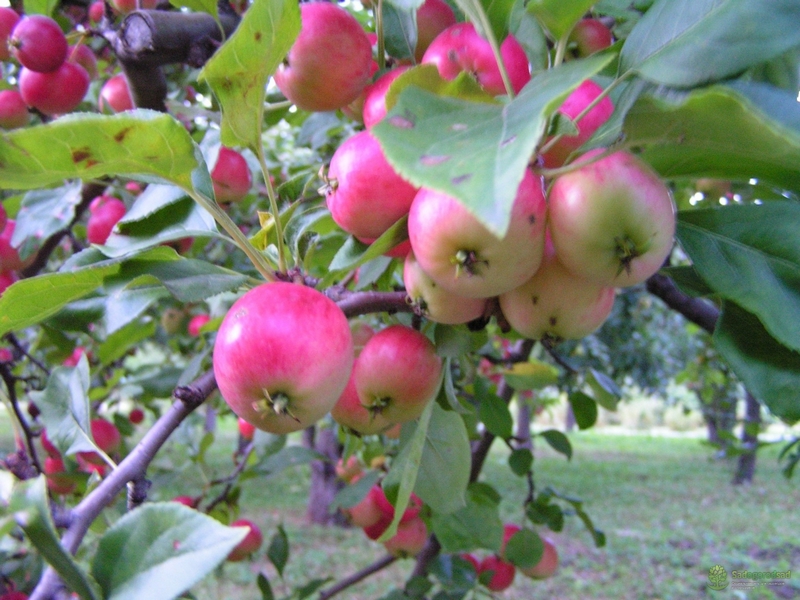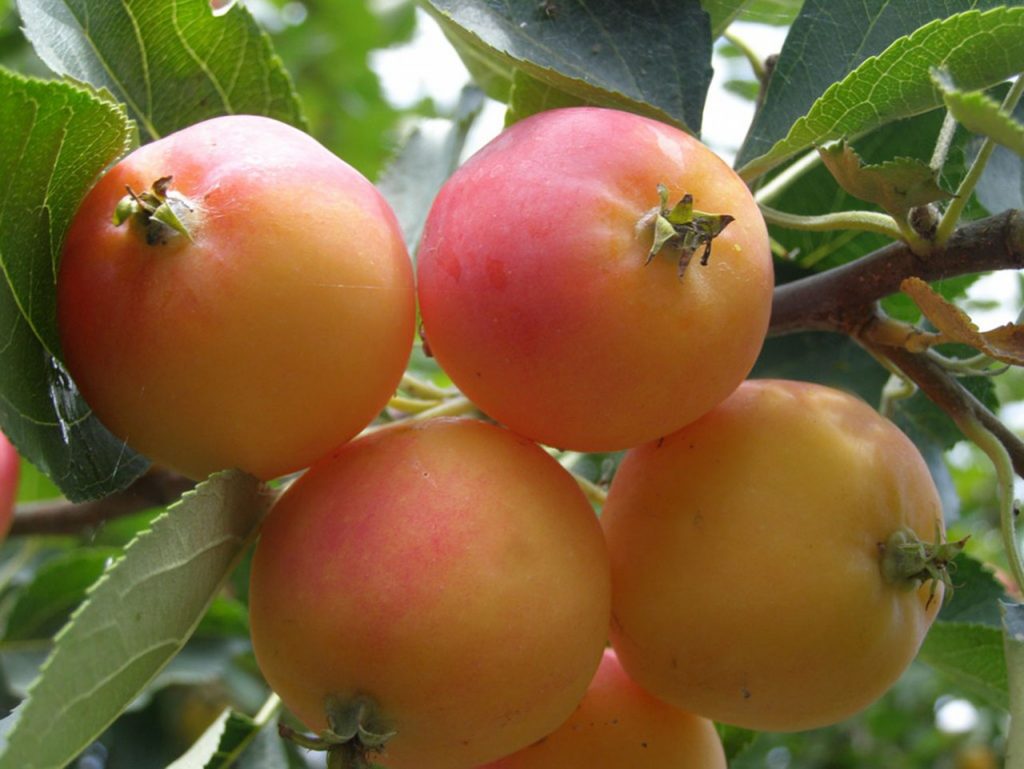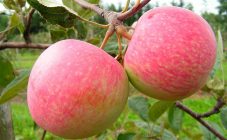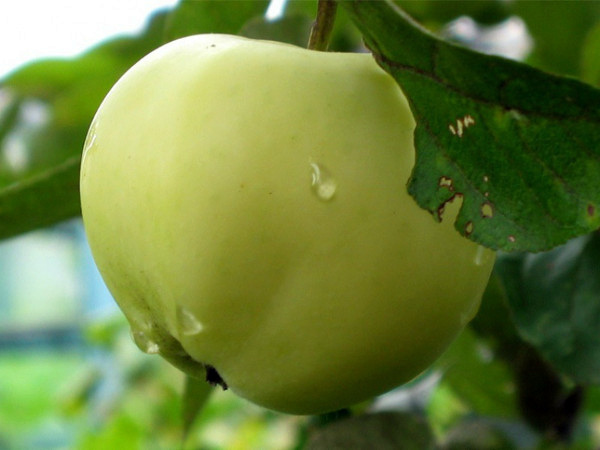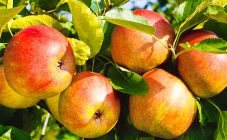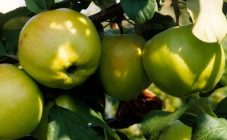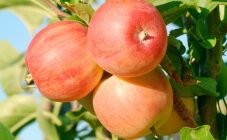Content:
Kitayka is the collective name for the varieties of the apple tree. It is called syllable for the similarity of apple leaves to Chinese plum leaves. This variety of apple trees has nothing to do with China. All Chinese women are of hybrid origin. This variety is the result of crossing undersized garden and Siberian apple trees. In our country, Kitayka means both the cherry apple tree itself and other apple trees with small fruits.
Apple trees belong to the genus Malus Mill, belong to the Rosaceae family and have up to 50 species (Fedorov; Poletiko, 1954; Vasilchenko, 1963). The Chinese apple tree is also known as the Paradise apple tree or the Chinese syllable apple tree.
General characteristics, advantages and disadvantages of the variety
After crossing apple trees, such well-known varieties as Kerr, Bellefleur, Kitayka Zolotaya apple tree, Kitayka Medovaya apple tree and others appeared. The general advantages of the Slivolistnaya apple hybrid include:
- high frost resistance;
- resistance to major diseases;
- low demands on growing conditions, including soils;
- drought resistance;
- high productivity;
- lack of fruiting frequency.
Given such characteristics, it is easy to guess that this type of apple tree has received the love of gardeners and is widespread in our country.
However, the variety has disadvantages that are also worth listing:
- As a rule, in most varieties of the Kitayka apple tree, the fruits on the branches do not last long and crumble. This means that it is necessary to accurately catch the moment of apple ripening and to collect them. If you appear at the dacha once every two to three weeks, there is a high probability of losing your crop.
- Shelf life. Apples are stored from a few days to a few weeks. Therefore, plan “B” is always needed for processing surplus.
The root system of the Chinese apple tree is powerful, but of a superficial type. The roots are shallow, but "hold" the tree quite steadily. A small tree, up to 5 m high, forms a broad-pyramidal crown, which, during flowering, is a white, pink or reddish fragrant ball that attracts a huge number of pollinating insects. This, in turn, helps to increase the yield on the site as a whole. The flowers of the apple tree are large and, depending on the variety, reach 3 cm in diameter. They gather in inflorescences similar to umbrellas on high pedicels. The leaves are finely serrated, smooth and resemble the leaves of the Chinese plum.
The fruits ripen in late August - early September. There are practically no rest periods. This tree bears fruit almost every year with high yields. Apples range in color from yellow to red, with different shades. Fruit weight, depending on the variety, ranges from 20-200 g. For comparison, an apple of the Antonovka variety can weigh up to 600 g! Kitayka can be used as a rootstock for large-fruited varieties. There are dwarf and semi-dwarf varieties of Kitaeks, which are widely used in ornamental gardening.
Reproduction and planting
The plant propagates by grafting or by seed.It is recommended to stratify seeds to increase germination.
The Chinese apple tree, or rather apple tree seedlings of two to three years of age, takes root quickly and without any problems. The recommended planting time is late September – early October. The best place is well lit and with a low groundwater table. Possible light shade at the landing site.
The agricultural technique of planting seedlings is similar to the agricultural technique of planting other fruit crops. Depending on the size of the roots of the seedling, a hole is dug up to 90 cm deep. The holes are dug at a distance of 6-7 meters from each other. The mixture is added to the bottom in the following proportion:
- three parts of humus;
- two pieces of sand;
- one part from a mixture of leaves, small twigs, and whatever is in the compost heap in the garden.
Also, ash from the stove or fireplace is added there, plus superphosphate and potassium sulfate, 220 and 100 g, respectively. All components are mixed. A peg is driven in in the middle of the hole so that its upper part is up to half a meter above the ground. A seedling will be attached to it.
The roots are pruned to live wood with a pruner. All leaves on the tree are removed. The seedling is planted so that the root collar is 5 cm above the ground. Otherwise, when the root collar is recessed into the soil, the growth of the apple tree will be slowed down, and fruiting will not be regular in the future. The seedling is evenly covered with earth, tied to a stick with twine, so that there is a "free run" with a possible slight vibration from the wind. The landing site is carefully tamped to avoid voids in the pit.
The seedling should be tied to a peg for the first two to three years. The planting site is spilled with three buckets of water and mulched to a width of up to 5 cm. A mixture of sawdust and the remains of grass or leaves is used as mulch. Before the onset of cold weather, it is important to monitor soil moisture and, if necessary, shed the tree again. With the onset of cold weather, the mulch layer is increased to 20 cm. To protect the seedling from the long winter, it is recommended to build a protective frame in the form of a cone and wrap it with foil. In early spring, the frame must be removed so that the seedling does not burst. The seedling is protected from rodents with the help of spruce branches laid out near the root. And from moles - by installing traps, or "fans". If the planting procedure was successful, then during the fall the seedling should take root, and with the onset of spring it should start growing.
What activities need to be carried out in the first spring after planting a seedling
In the first spring, apple trees require careful maintenance. When the temperature no longer drops below 10 degrees, it is necessary to form the crown of the tree and cut the ends of each branch to create the desired shape. The first spring pruning removes all branches of the seedling that may compete with the main branch. Remove in such a way that no stump remains. Otherwise, new shoots "start" from this hemp, which is completely undesirable.
The purpose of the first cut:
- the main trunk of the apple tree should be without "competition" of accompanying branches;
- secondary branches form a crown of a regular shape and are located evenly around the center;
- the branches of the crown do not interfere and do not obscure each other.
In the first year, at the time of the swelling of the vegetative buds and the ripening of the flower buds, the seedling must be treated with copper sulfate or another fungicide. In summer, it is extremely important to carefully monitor the tree and manually remove diseased leaves, insect pests, and clear the weeds from the near-trunk circle. At the same time, it is absolutely impossible to use herbicides!
In the future, in a grown tree, crown formation is carried out in order to make it less dense. It must be remembered that it is better to prune a little every year than to carry out "general" pruning every few years. It is important to know not only when to prune, but also where exactly to prune the unwanted branch. It is cut off at the very base, where a circle-shaped influx can be seen near the branch. So, cut off on top of this influx. It is there that cells are concentrated that are capable of rapid growth and regeneration.
Annual spring pruning, especially after a frosty winter, should be started after the possible extent of damage to the apple tree is clearly visible. In places damaged by frost, vertical thick shoots begin to appear intensively. Also, do not forget to whitewash the trunks from sunburn. They are either whitened with slaked lime or painted with water-dispersed white paint.
How to water and what to feed
In summer, Kitayka's apple tree needs abundant watering. It is enough to water an adult apple tree three times during the summer, but you need to be sure that the soil around the trunk is "wet" to a depth of no less than 80 cm.
- The first strong watering is at the time of flowering.
- The second - at the very beginning of July, when the fruits are "poured".
- The third is in October or before a severe frost.
A fruiting tree requires more water. The approximate rate is 4-10 buckets per 1 square meter of the trunk circle, depending on the age of the apple tree. To retain moisture during the summer season, the trunk circle is cleared of weeds and loosened.
For spring feeding, urea and ordinary wood ash are used. Determine how much water is needed per square meter of the close circle of the apple tree, depending on its age. To this volume of water, add half a tablespoon of urea and one and a half glasses of wood ash. Watering is carried out. In autumn, using the same technique, 30 g of superphosphate and two glasses of ash are used.
Diseases and pests
The apple trees are usually resistant to various diseases, but fruit trees still have to be processed. It should start in the spring, when the average daily temperature is stable above 5 degrees, but the swelling of the kidneys has not yet begun. The main purpose of spring treatment is to destroy subcorrh pests. To do this, use the usual complex preparations, which are easy to buy in specialized stores.
The second spraying is carried out between the budding and the beginning of flowering. Treatment is directed against pests emerging from hibernation: mites, various types of aphids, scale insects. The following preparations are used: Bordeaux liquid, colloidal sulfur, or copper sulfate solution.
The third treatment of Kitayka is carried out 3-4 weeks after flowering against ticks, weevils, moths. They are treated with carbol or benzophosphate.
Cultivars of Chinese syllable apple
There are many varieties of Kitayka, differing from each other in color, taste, fruit size, shape and strength of growth. In the middle lane, the following varieties are most common.
Chinese Kerr apple tree description
It is impossible to tell about this variety without mentioning the homeland of this apple tree - Canada. The Kerr apple tree is the result of crossing the Haraldson and Long apple trees. The variety tolerates winter well and is disease resistant.
A short tree with a rounded and sparse crown that does not require forming pruning. The flowers are large, pink or cream colored, and attract a large number of pollinating insects. Red fruits weigh up to 50 g. Begins to bear fruit in the fourth year. Harvested in September. Ripe apples do not crumble! There is an alternation of crop sizes.
Unlike many varieties of Kitayka, with proper storage, Kerr apples are stored until December. The taste of apples is sweet and sour. In Canada, these apples are stuffed with Christmas geese. A great option for desserts: jams, marmalades, jellies.
Chinese woman Gold
Having crossed the White filling and Kitayka we got the grade Kitayka gold.The variety is widespread throughout the country. You can often hear another name for this hybrid - the golden apple tree or the Chinese golden apple tree. By the ripening time, an early and late version of the variety is distinguished.
Early golden - drought-resistant variety, but with low resistance to frost and diseases, especially scab. Trees reach heights of up to 7 m. The apple tree begins to bloom in early May. Fruiting occurs in the third year. Golden apples weigh up to 30 g. The crop can and should be harvested from mid-July, otherwise it will crumble. Apples cannot be stored. From apples of this variety, a great jam is obtained, resembling honey in color, aroma and consistency. It must be remembered that the early Golden is a sterile variety. Other apple pollinators are needed to harvest. Moskovskaya Grushovka and White Naliv are perfect.
Golden late - a tree up to 5 m high, it keeps drought and frost well. Begins to bear fruit in the fifth year. High productivity. Fruits are yellow, small, weighing up to 25 g. When ripe they do not fall. Ripen by mid-September. Excellent material for jams, compotes, preserves.
Chinese honey
Apple tree up to ten meters high. Possesses high winter hardiness and productivity. Not scab resistant. The apples are yellow, "transparent", weighing up to 40 g. If you look at the light, the pulp resembles amber. Delicious and sweet. Like other varieties, they are suitable for jams, preserves, liqueurs. They ripen early and pour immediately. You must not miss the moment of collection. Practically not stored.
Chinese red
It is a columnar apple tree. Autumn variety, frost-resistant. Picking apples from mid-September. Productivity - up to 150 kg per tree. Fruiting from the age of four. Apples weighing up to 75 g. Susceptible to scab.
The Paradise apple tree is a surprisingly diverse and flexible type of apple trees. You can easily choose a variety that is suitable both in terms of growing conditions and in taste characteristics, both in terms of ripening and in decorative properties. In the spring it will be a decoration of the garden, and in the fall it will delight you with a plentiful and tasty harvest.
